Population Explosion Beyond All Expectations
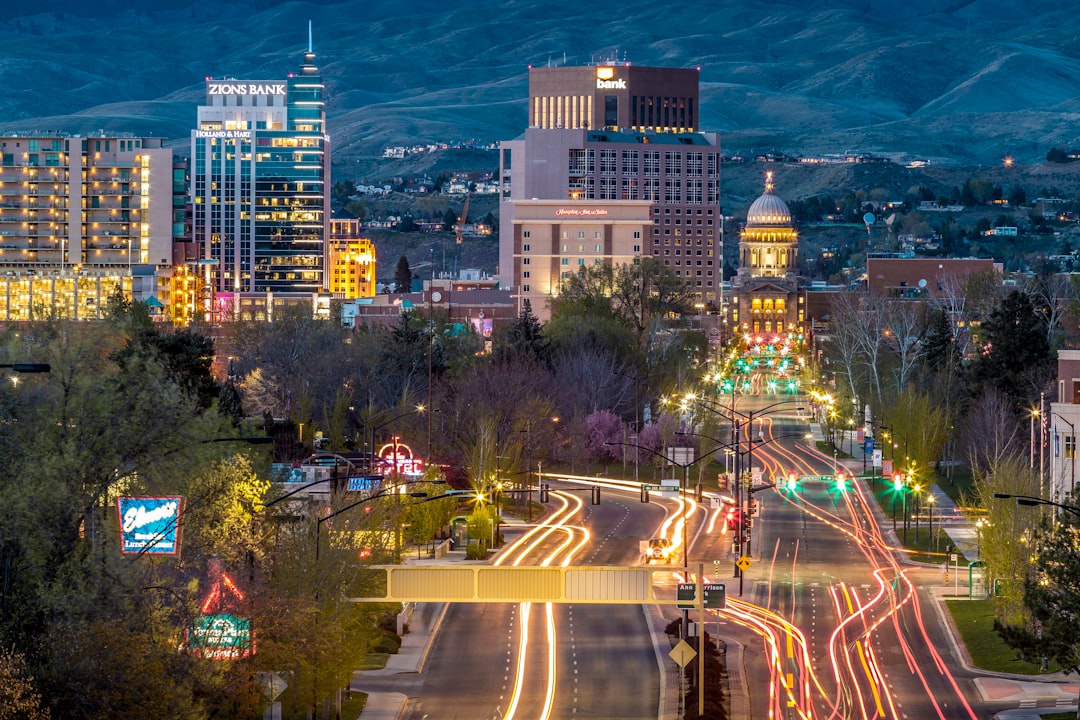
Idaho’s population jumped by 30,497 people between 2023 and 2024, representing a 1.55% increase that brought the state to 2 million residents. This wasn’t just another year of steady growth – it was a continuation of a pattern that’s reshaping the entire state. Between 2014 and 2024, Idaho’s population exploded by 369,371 people, a staggering 22.63% increase. Think about it this way: in just ten years, Idaho added the equivalent of a city larger than Boise to its population. While the national growth rate was 7.19% from 2010 to 2020, Idaho grew by 17.74%, and even after COVID from 2020 to 2024, Idaho’s 8.23% growth rate far exceeded the national average of 2.57%. As the seventh fastest growing state in the nation, Idaho now faces the challenges that come with such rapid expansion.
The Housing Crisis That’s Changing Everything
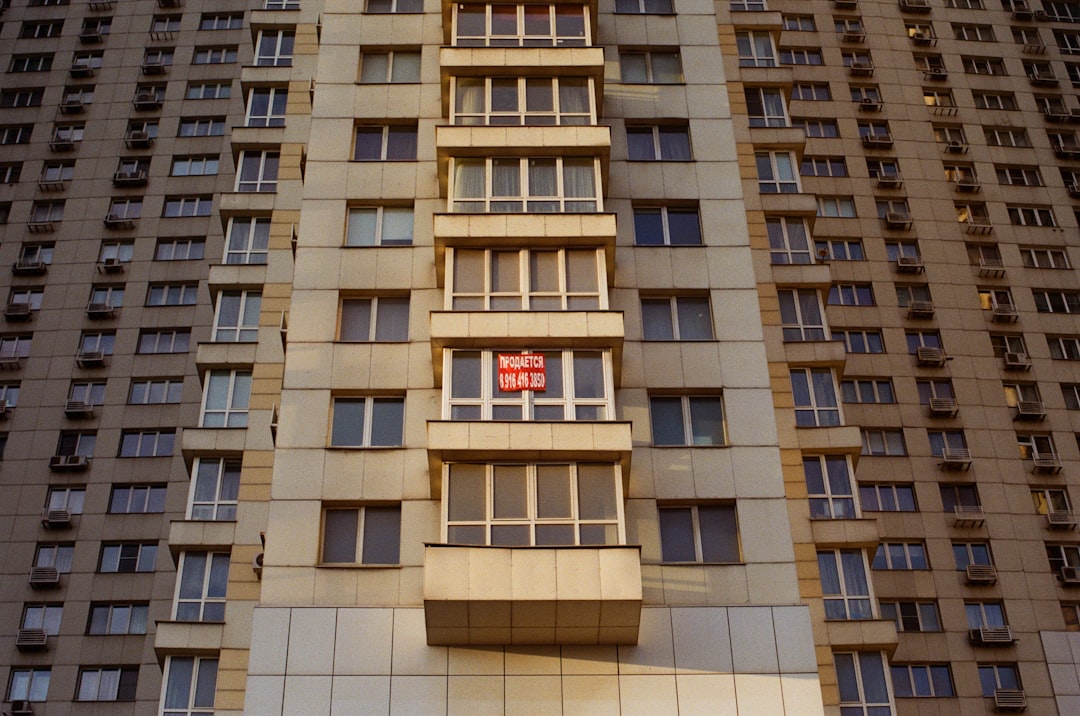
Housing rates are climbing at a rate four times faster than wages, and in some rural communities, it’s as high as 11 times the rate of wage growth. This isn’t just an abstract economic problem – it’s hitting families right where they live. In 2013, Idaho households spent 25% of their income on housing, but by 2023, that number had skyrocketed to 55%. As of January 2025, the median home price was hovering around $538,000 in Ada County and about $425,000 in Canyon County. There’s a severe shortage of rental homes affordable to extremely low-income Idaho households, with many spending more than half their income on housing. Idaho’s unsheltered homeless population has increased 23% in the past decade, largely attributed to improved counting efforts and rising housing costs.
Roads and Bridges Crumbling Under Pressure
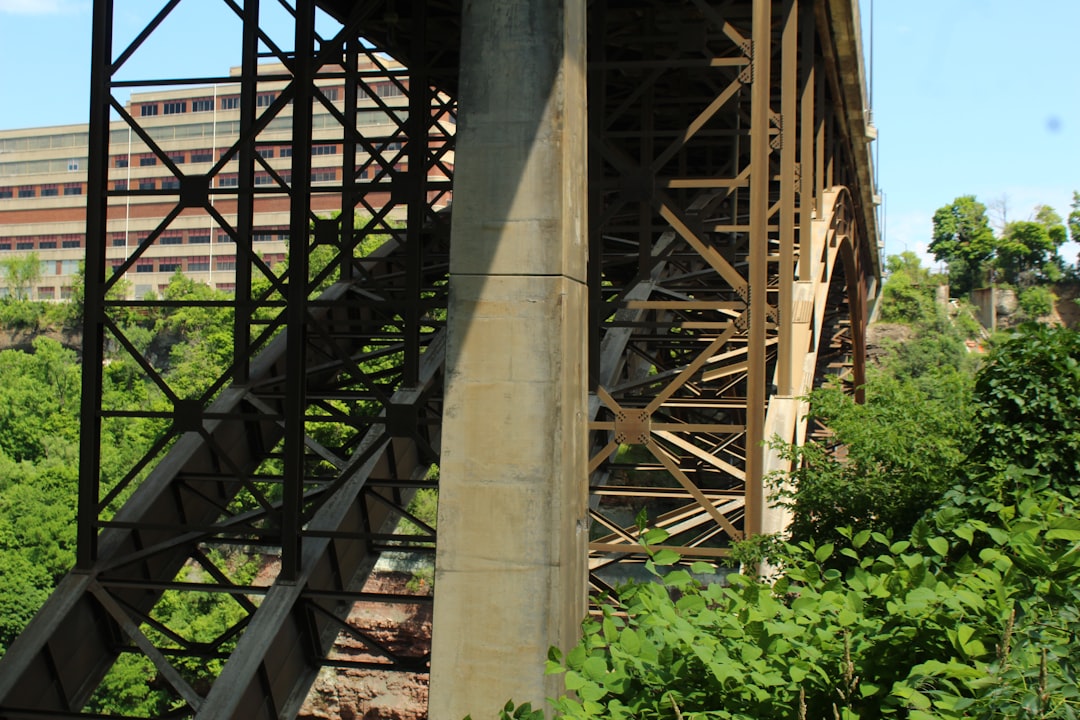
Idaho has 4,492 bridges, with 1,848 on the state highway system and 2,375 local bridges, and 45% of existing state highway bridges are 50 years or older. Here’s the scary part: based on currently planned replacements, in just three years the number of bridges 50 years and older will rise to 911, or over 49% of the bridges on just the State Highway System. Idaho has identified needed repairs on 1,520 bridges, with the state estimating repair costs will total $2.2 billion. Over 75,891 lane miles of roads transport 650,000 residents to work each day and 150 million tons of freight worth $80.5 billion annually, with about 12,000 lane miles on state highways and 63,607 lane miles on local roads. While the Idaho legislature has made investments in transportation infrastructure, available funding is insufficient to meet current and future demands, with the state facing a $3.6 billion shortfall over the next 20 years if funding remains stagnant.
Water Infrastructure Under Siege
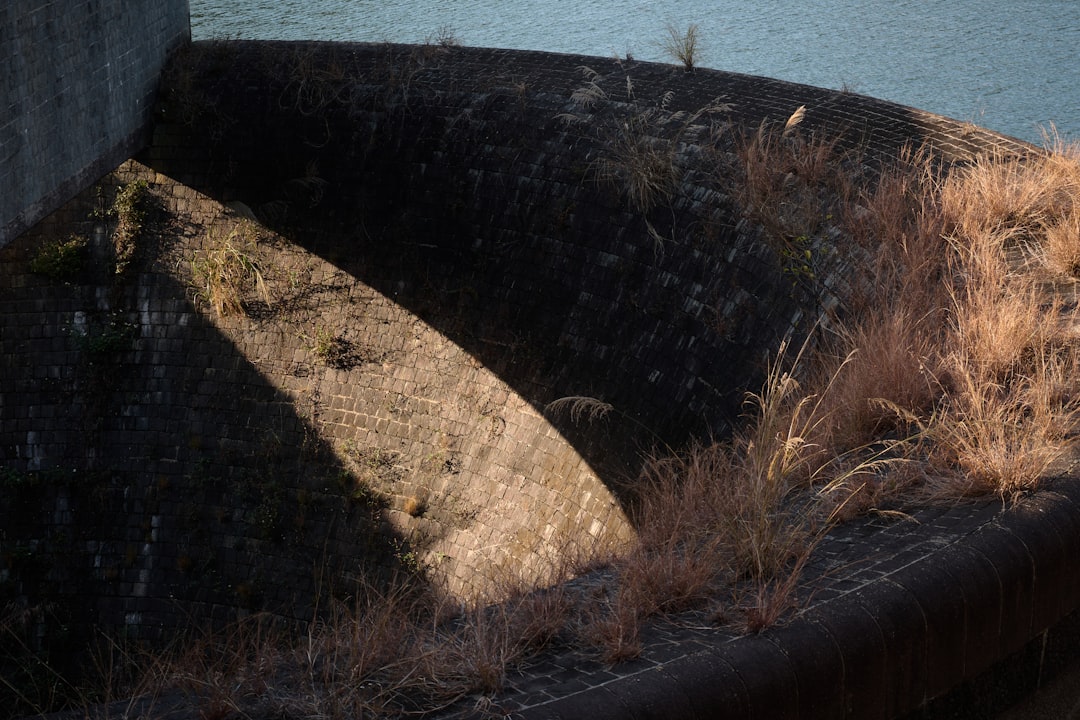
Idaho water issues came to a head last May when the Idaho Department of Water Resources director issued a curtailment order requiring 6,400 junior water rights holders who pump off the Eastern Snake Plain Aquifer to shut off their water, which remained in place for about three weeks. Since 2019, Idaho has directed more than $1 billion to improve water quality and water quantity. The Idaho House of Representatives voted 56-13 to pass the Idaho Department of Water Resources budget with $30 million in new funding for water infrastructure projects. The legislature intends to provide ongoing investment in water infrastructure, including assisting in the success of the 2024 settlement agreement, with funding going into the state water management account. After spending much of last year talking to water users, Idaho farmers made it clear that water issues will only be fixed with ongoing funding for critical infrastructure projects.
Schools Bursting at the Seams

The National Center for Education Statistics projects that between 2012 and 2024, Idaho will have a statewide enrollment increase of 28,166 students, equivalent to 9.9%. The reality on the ground is even more challenging. The Middleton City Council is considering an unprecedented ordinance that would restrict developers from building subdivisions that would overcrowd schools. Developers must obtain a signed statement from any school district verifying that a proposed subdivision will not contribute to any public school serving the subdivision to exceed 110% capacity – “if we are at capacity, you can’t build”. Elsewhere in Boundary County, administrators struggled with overcrowded schools where voters had previously rejected three bond measures for new facilities, so students temporarily had to go to school in shifts: high school in the mornings and middle school in the afternoons and evenings. From FY2011-2013, Idaho spent approximately $639 on average annually per student on operation and maintenance compared to the national average of $1,039, with many existing buildings lacking maintenance or upgrades to accommodate increasing student enrollment.
Utilities Struggling to Keep Up

The U.S. Environmental Protection Agency announced over $42,956,000 for Idaho drinking water and clean water infrastructure upgrades as part of the over $50 billion investment in water infrastructure from President Biden’s Bipartisan Infrastructure Law. Since 2022, the Bipartisan Infrastructure Law has injected $174,878,000 into water infrastructure projects across the state protecting public health. The EPA announced $3.6 billion in new funding under the Bipartisan Infrastructure Law to upgrade water infrastructure, with this $6.2 billion in investments for Fiscal Year 2025 helping communities upgrade water infrastructure essential to safely managing wastewater and delivering safe drinking water. Idaho’s 1.68 million residents rely on a variety of wastewater collection and treatment systems, including municipal wastewater treatment plants and septic systems. The strain on these systems becomes more apparent as population centers swell with new residents who need immediate utility connections.
Healthcare Facilities at Breaking Point

Idaho’s healthcare infrastructure is groaning under the weight of rapid population growth, particularly in rural areas where medical facilities were already stretched thin. The state’s growing elderly population compounds this challenge – with a 30.7% rise in residents 65+ years projected by 2031. Rural hospitals that once served stable, smaller communities now face increasing demand from both aging longtime residents and newcomers seeking Idaho’s lifestyle. Emergency rooms designed for quiet mountain towns suddenly handle urban-level patient loads without the corresponding infrastructure investments. Many healthcare professionals who moved to Idaho for its quality of life find themselves working longer hours in facilities that weren’t designed for current capacity levels. The result is longer wait times, stressed medical staff, and gaps in specialized care that force patients to travel hundreds of miles for treatment.
Public Safety Resources Stretched Thin
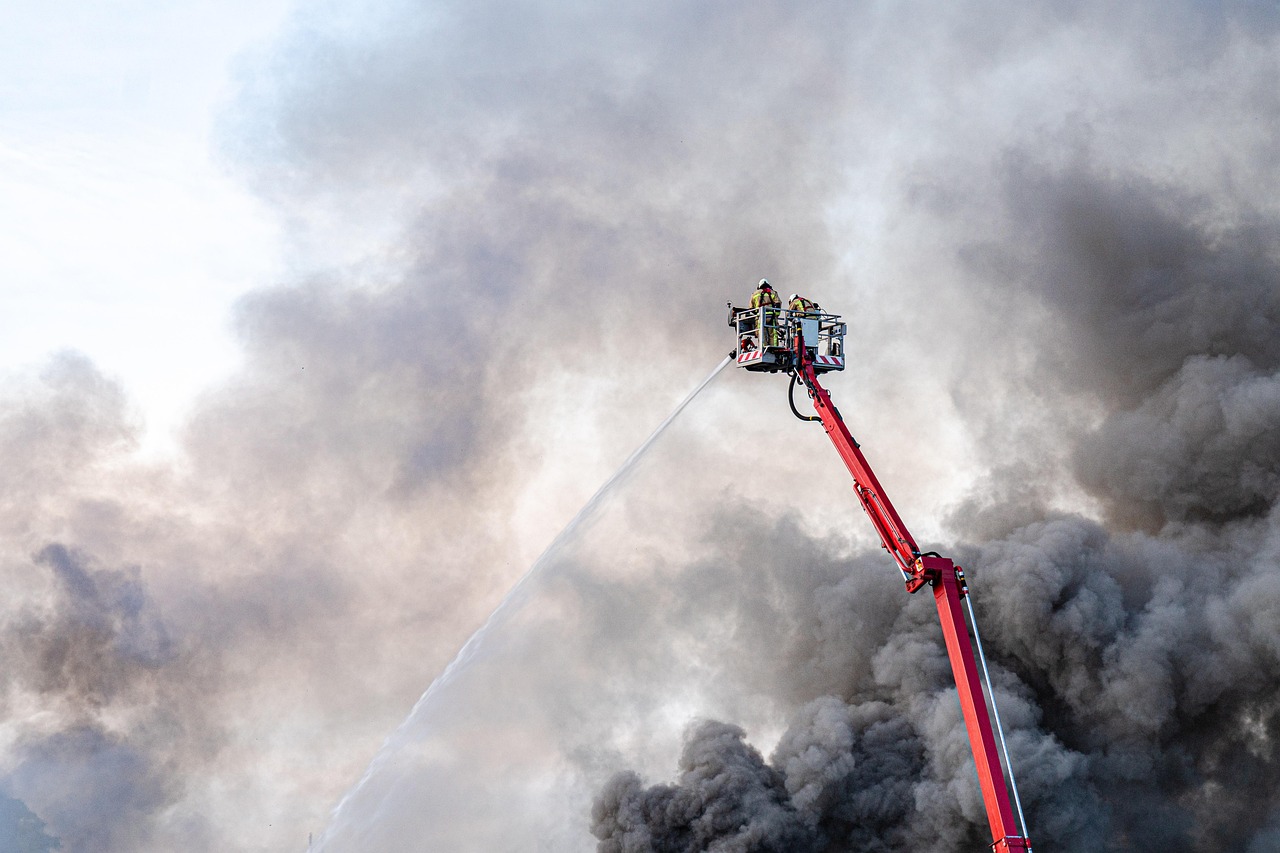
As the state marches on in its fight against fentanyl, Idaho’s public safety infrastructure faces new challenges, with recommendations for a new Idaho State Police mission to the border to strengthen the state’s ability to end human trafficking. Police departments and sheriff’s offices designed to serve smaller populations now patrol areas with significantly more residents, vehicles, and calls for service. Fire departments that once responded primarily to wildland fires now handle increased structure fires, medical emergencies, and traffic accidents on roads that see far more use than ever before. Idaho’s 44 counties grew by 1.5% or over 30,497 new residents between July 2023 and 2024, with higher population counties experiencing more growth than rural areas. Emergency response times have increased in many areas as first responders cover larger territories with more incidents. Rural volunteer fire departments struggle to maintain adequate staffing as longtime volunteers age out and newcomers haven’t yet established the community connections that traditionally drive volunteer service.
Internet and Communication Networks Overwhelmed

Idaho’s digital infrastructure wasn’t built for the tech-savvy workforce now calling the state home. Many newcomers work remotely and expect high-speed internet that simply doesn’t exist in large swaths of the state. Rural areas that relied on basic phone service suddenly need broadband capable of supporting video conferences, cloud computing, and multiple connected devices per household. Internet service providers who planned their networks based on historical population growth patterns find themselves scrambling to upgrade systems that are maxed out. Cell towers designed for sparse rural populations can’t handle the data demands of dense subdivisions that sprouted seemingly overnight. The digital divide between urban areas like Boise and rural communities has widened, creating economic disadvantages for businesses and students in areas where infrastructure lags behind population growth. Even in areas with decent internet, the aging network infrastructure struggles during peak usage times when everyone tries to connect simultaneously.
Waste Management Systems Under Siege
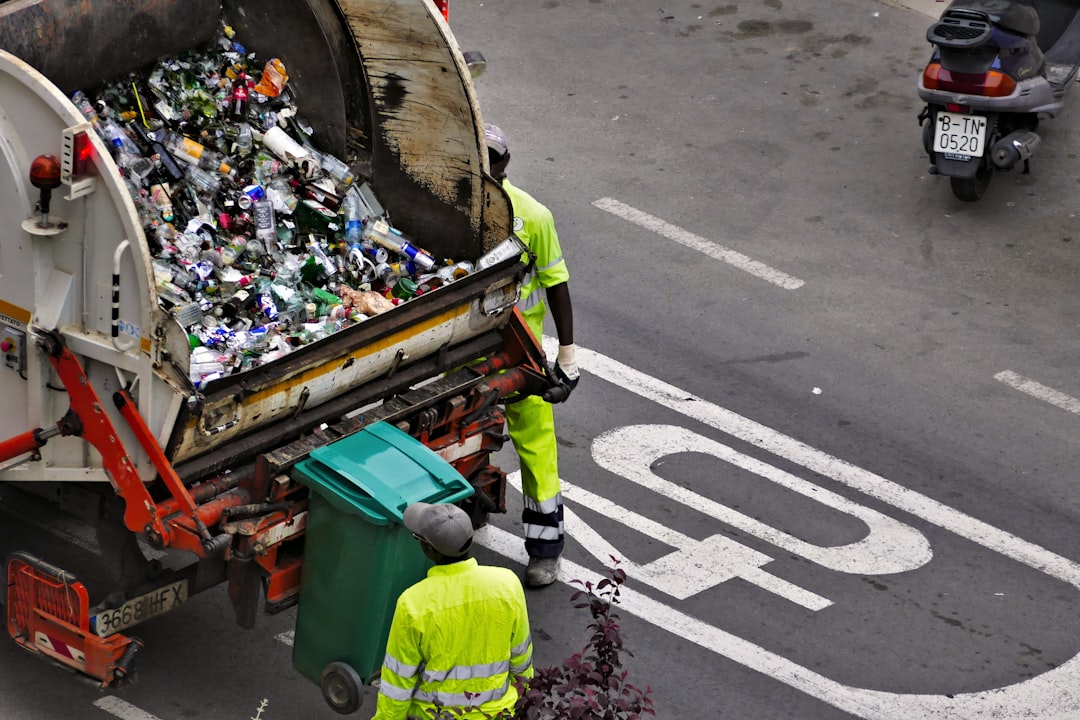
Garbage trucks that once serviced predictable routes through established neighborhoods now navigate maze-like new subdivisions where streets end abruptly and house numbers don’t follow logical patterns. Landfills designed to serve specific population levels for decades suddenly face much higher volumes of waste from both residential and construction sources. The largest component of Idaho’s robust growth over the past decade has been immigration from other states, with net immigration contributing 80% of Idaho’s growth in 2024. Recycling programs struggle to expand services to keep pace with new developments, leading to increased costs for municipalities already stretched thin on budgets. Sewage treatment plants face similar challenges, with systems engineered for specific capacities now handling flows that exceed design parameters. Rural areas that relied on septic systems see increased failures as more homes are built on smaller lots, leading to groundwater contamination concerns. The infrastructure that seemed adequate just five years ago now requires expensive upgrades that local governments struggle to fund.
Economic Impact of Infrastructure Lag
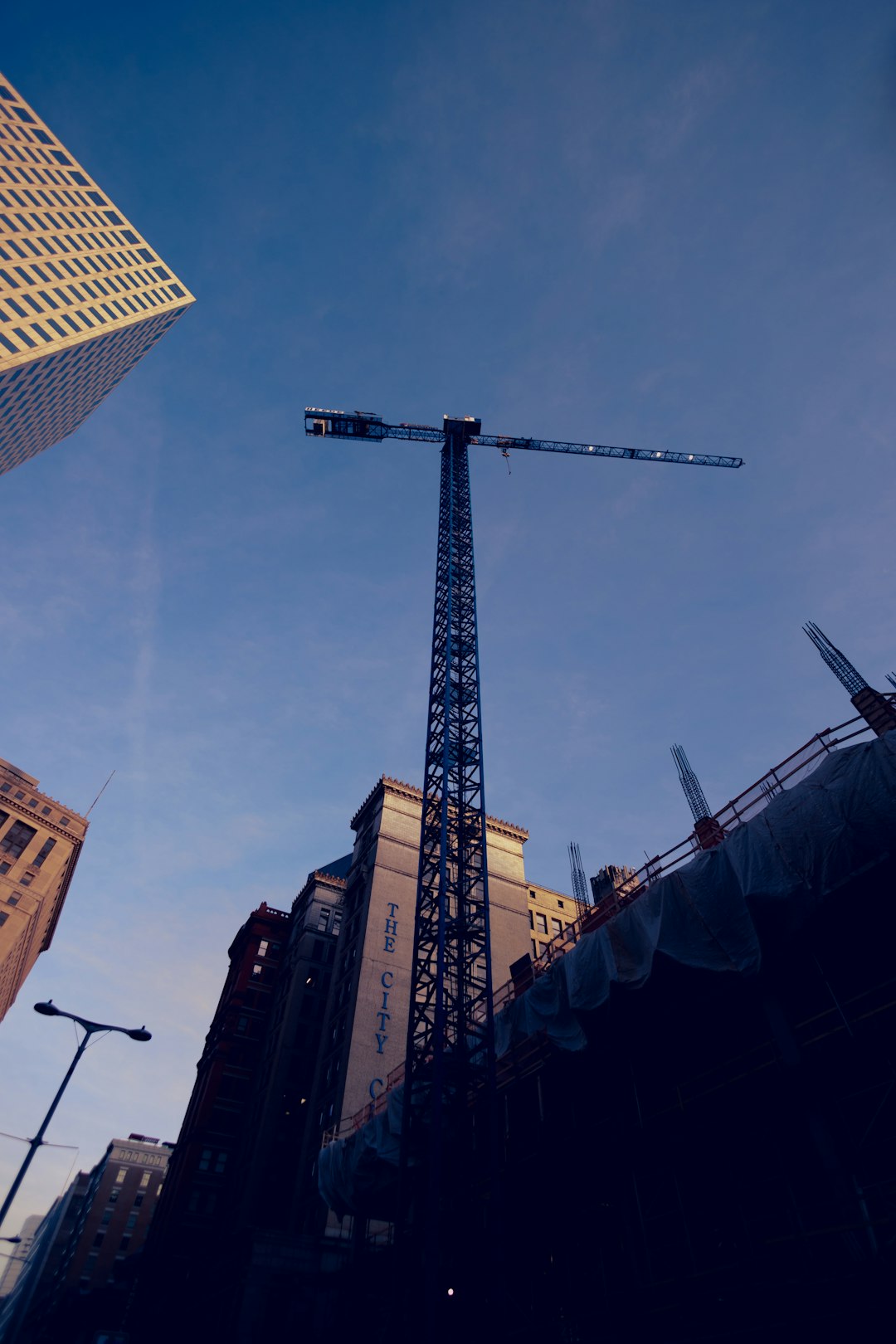
Idaho’s unemployment remains low at 3.7% with steady labor force expansion from 975.7K to 993.4K in 2025, while median housing prices hit $492,200 in 2025, reflecting a 1.6% year-over-year growth with affordability challenges persisting. Migration significantly boosts income tax revenue, contributing 9% of state AGI in 2020 and sustaining growth into FY2028. However, the infrastructure deficit creates hidden costs that ripple through the economy. Businesses face higher shipping costs when roads deteriorate and traffic congestion increases delivery times. Companies relocating to Idaho discover that utility connections take months longer than expected, delaying operations and increasing startup costs. Idaho’s population growth is centered in its most populous regions, with Ada County leading at 536,000 residents and growing 7.6% since 2020, while the fastest growth occurs in Canyon County and Kootenai County, which have grown by 16.4% and 9.1% respectively. The lag between population growth and infrastructure investment creates competitive disadvantages that could eventually slow the very economic growth that’s driving Idaho’s popularity.
Transportation Gridlock in Paradise
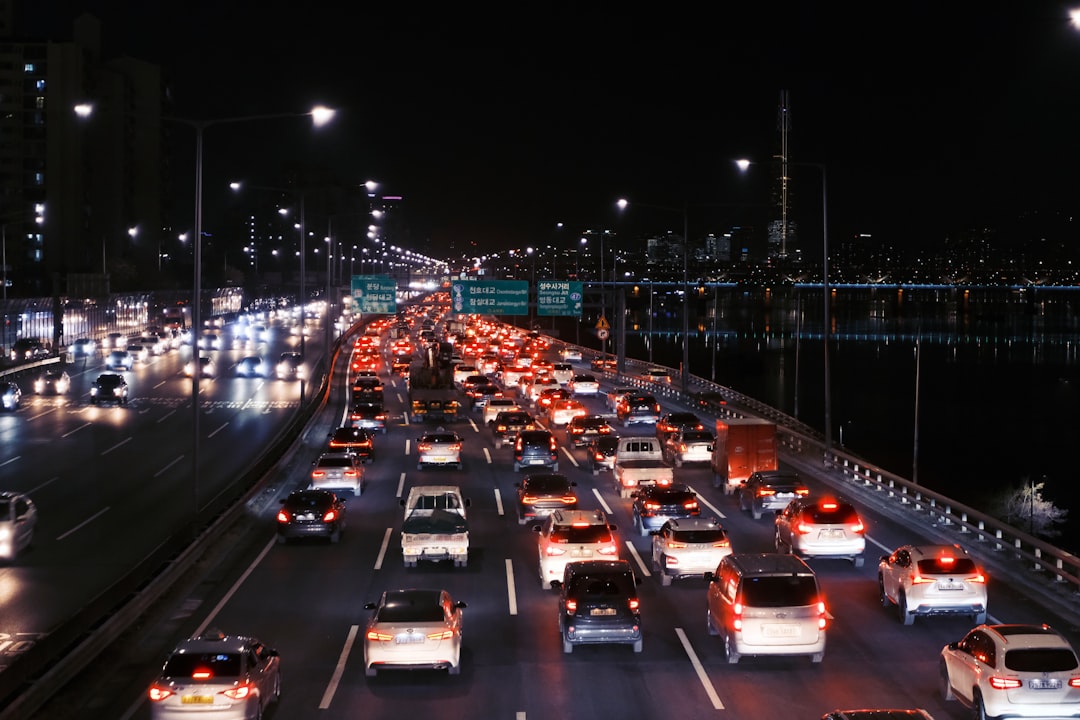
A 5-mile stretch of I-90 experiences the highest traffic volumes and congestion of the corridor, requiring improvements to widen the interstate with two additional lanes in each direction. This project will be completed in two phases over three years, with one bridge being fully replaced in 2025 and another in 2026, as the current bridges built in 1964 have reached the end of their service lives. Rural highways that once carried minimal traffic now resemble suburban thoroughfares during rush hours. Two-lane roads built for farm equipment and occasional pickup trucks strain under the weight of commuter traffic from housing developments that didn’t exist five years ago. Idaho is adding $200 million to improve the last one-third of dilapidated bridges in the state and $50 million to bond for an additional $800 million for other badly needed transportation projects. Traffic signals and highway interchanges designed for rural intersections create bottlenecks when suburban-level traffic tries to navigate rural infrastructure. The scenic mountain roads that attracted people to Idaho become frustrating commuter routes where a single accident can shut down the only route between home and work for hours.
What started as Idaho’s success story – rapid population growth driven by people seeking a better quality of life – has become a race against time to build the infrastructure needed to sustain that growth. The state’s challenge isn’t just about money or planning; it’s about whether Idaho can maintain the very qualities that make it attractive while accommodating the thousands of new residents who arrive each month seeking those same qualities.



